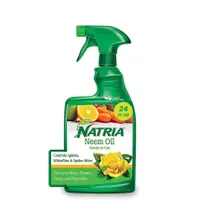4 common plants that bring bugs into your yard — what you need to know
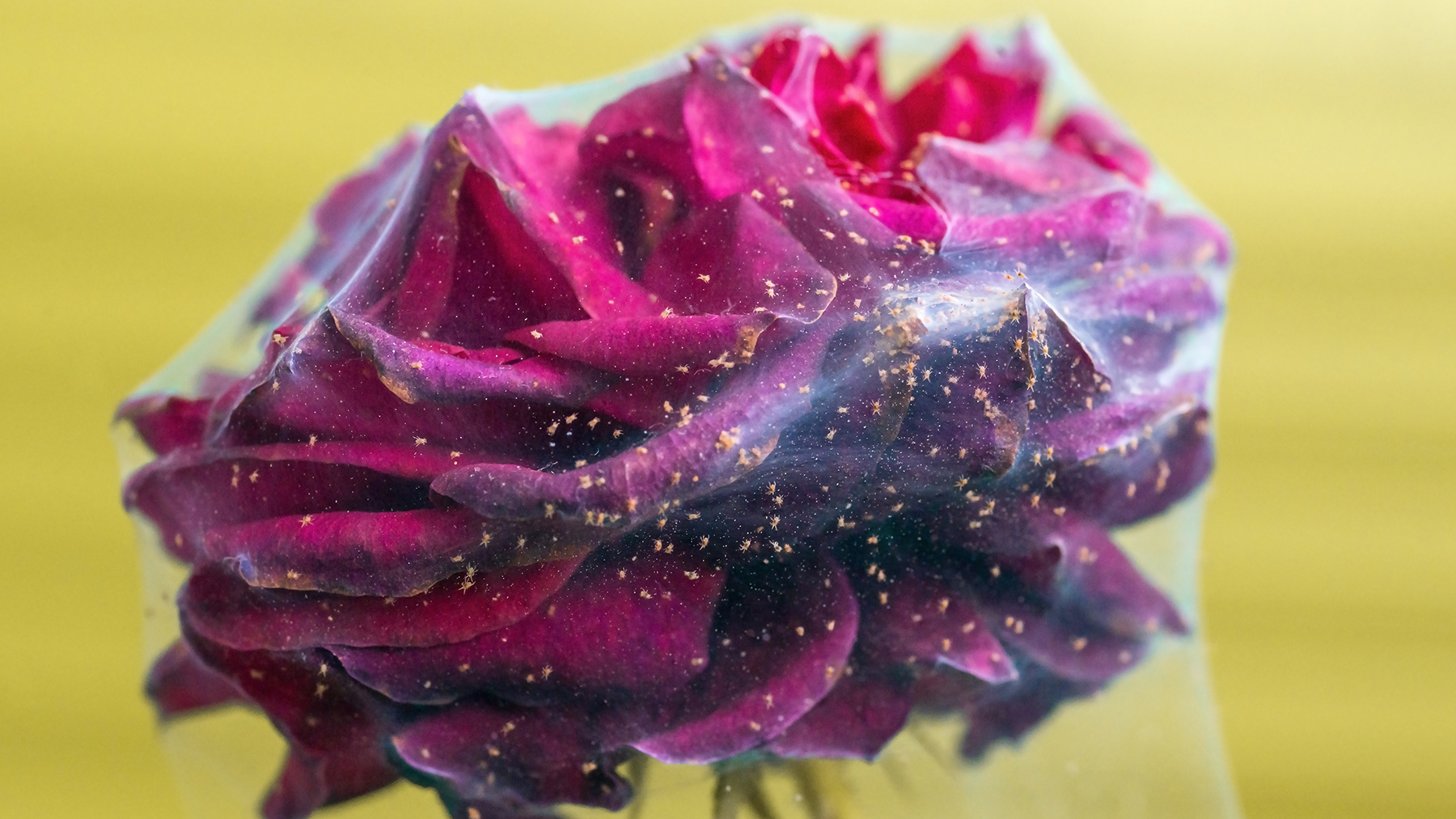
With warmer days approaching, we spend more time in our yards, enjoying the fresh air and sunshine. Keeping on top of gardening chores can be an endless task, especially if you prefer a neat lawn and borders full of luscious plants. So the last thing you’ll want is additional problems that will create extra jobs, leaving you with less time to sit back and enjoy it!
No matter how good we are at gardening, we all face a problem with pests — they are determined to destroy our beloved plants. Eating the roots, stems, leaves, and flowers of plants, they enjoy a feast while leaving behind a path of chaos in their wake.
So, to help beat the pests in your yard, we’ve gathered some expert tips from Craig Wilson, gardening expert at Gardeners Dream. Here, he shares his advice on the four common plants that encourage pests into your yard and how to deal with the problem if you don’t want to dig them up.
1. Roses
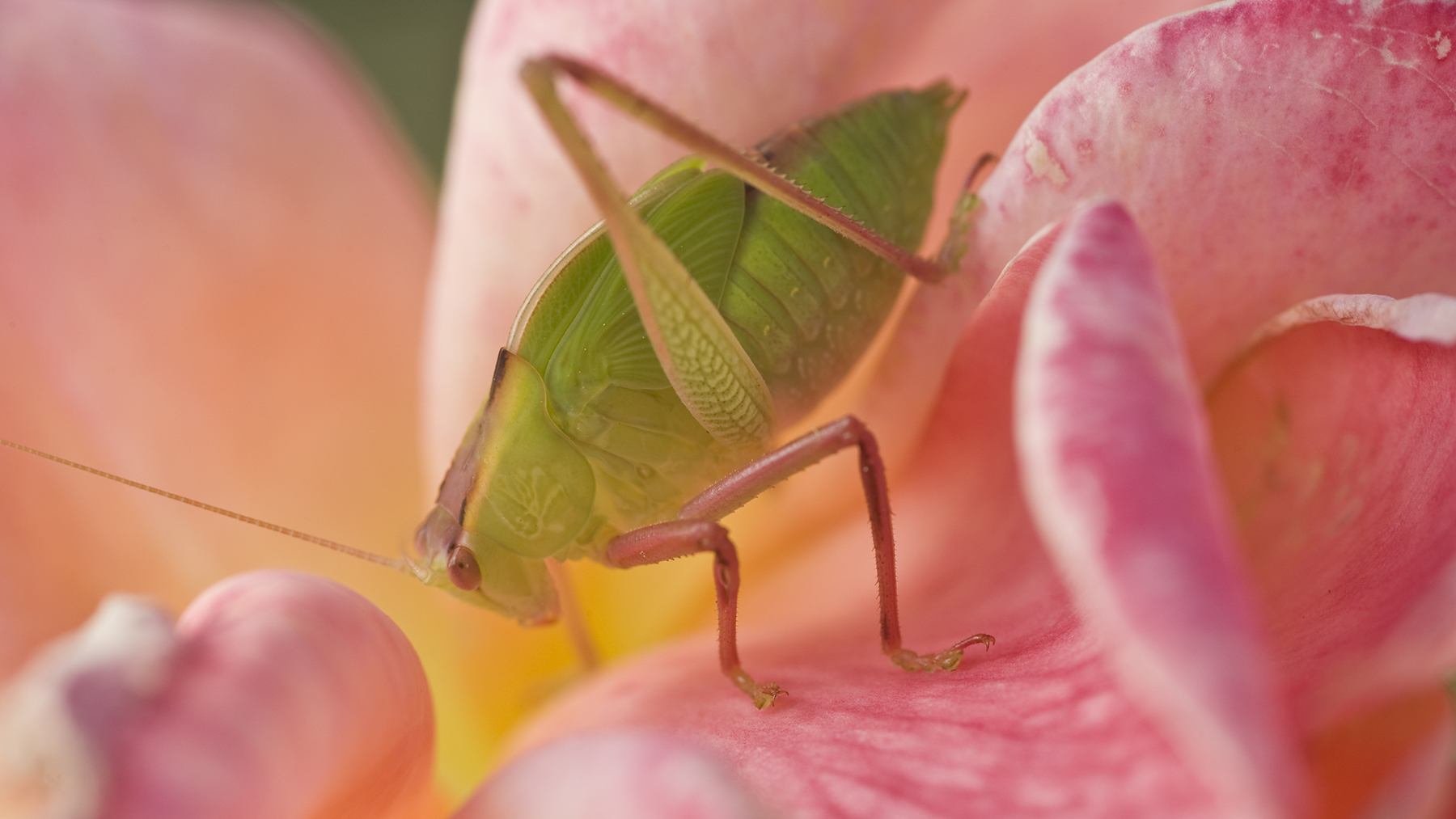
“You’re likely to find roses in most well-established gardens,” says Wilson, “and as beautiful as they are, they are unfortunately renowned for attracting a few unwanted pests.”
So, while we spend time deadheading roses to keep them blooming, we should also watch out for pests that can cause numerous problems, including spots on your roses. The most common pests you’ll find around your rose bushes and plants are aphids, Japanese beetles, and spider mites. “Aphids, in particular, can have a pretty disastrous effect on plants, sucking the sap from the stems and causing things such as discolouration, leaf curling and even stunted growth,” he says.
Aphids
Unfortunately, aphids are attracted to more than just roses, so chances are, they will likely spread to other areas of your garden. Wilson explains, “Large infestations of aphids can result in a sticky residue called ‘honeydew’ that builds up on a plant’s stems, attracting ants and fueling the growth of fungus.”
Japanese beetles
Japanese beetles are aggressive pests that love roses. They’ll be happy to devour the bush from top to bottom, where they also eat the tissue between the leaf veins. “Japanese beetles also release a pheromone that attracts more beetles,” says Wilson, “so if you spot the beginning of an infestation, you need to act fast.”
Spider mites
Spider mites feed on the underside of the leaves and cause obvious damage to roses, turning the leaves a brown/bronze colour. Wilson explains that they suck out cholorophyll-containing fluids from the leaf cells, which causes the color change.
Get instant access to breaking news, the hottest reviews, great deals and helpful tips.
How to beat the bugs
Wilson suggests using a natural alternative to chemical pesticides to get rid of the pests and recommends neem oil. According to the National Pesticide Information Centre, neem oil is found in the seeds from the tree and has a garlic and sulphur-like smell.
However, Wilson warns that neem oil is toxic to the good bugs and bees and they need to be protected. “Spray the leaves of your rose bushes and plants in the evenings when these good insects are least active. Continue this daily until the pests are gone!”
Alternatively, Wilson says you can try to introduce natural predators of these pests into the area, such as ladybirds. “These bugs will help to kill and control common pests such as aphids. You can also add other plants such as marigolds and alyssum to invite hoverflies into your garden — these again will control unwanted pests whilst also pollinating!”
Natria Neem Oil Spray: was $11 now $8 @ Amazon
Keep the pests at bay naturally with Neem oil. This 24-ounce spray bottle is ready to use and provides an organic method to protect your plants from pests. It can be used on both outdoor and indoor plants and is best used when you spot the first sign of pests.
2. Vegetables
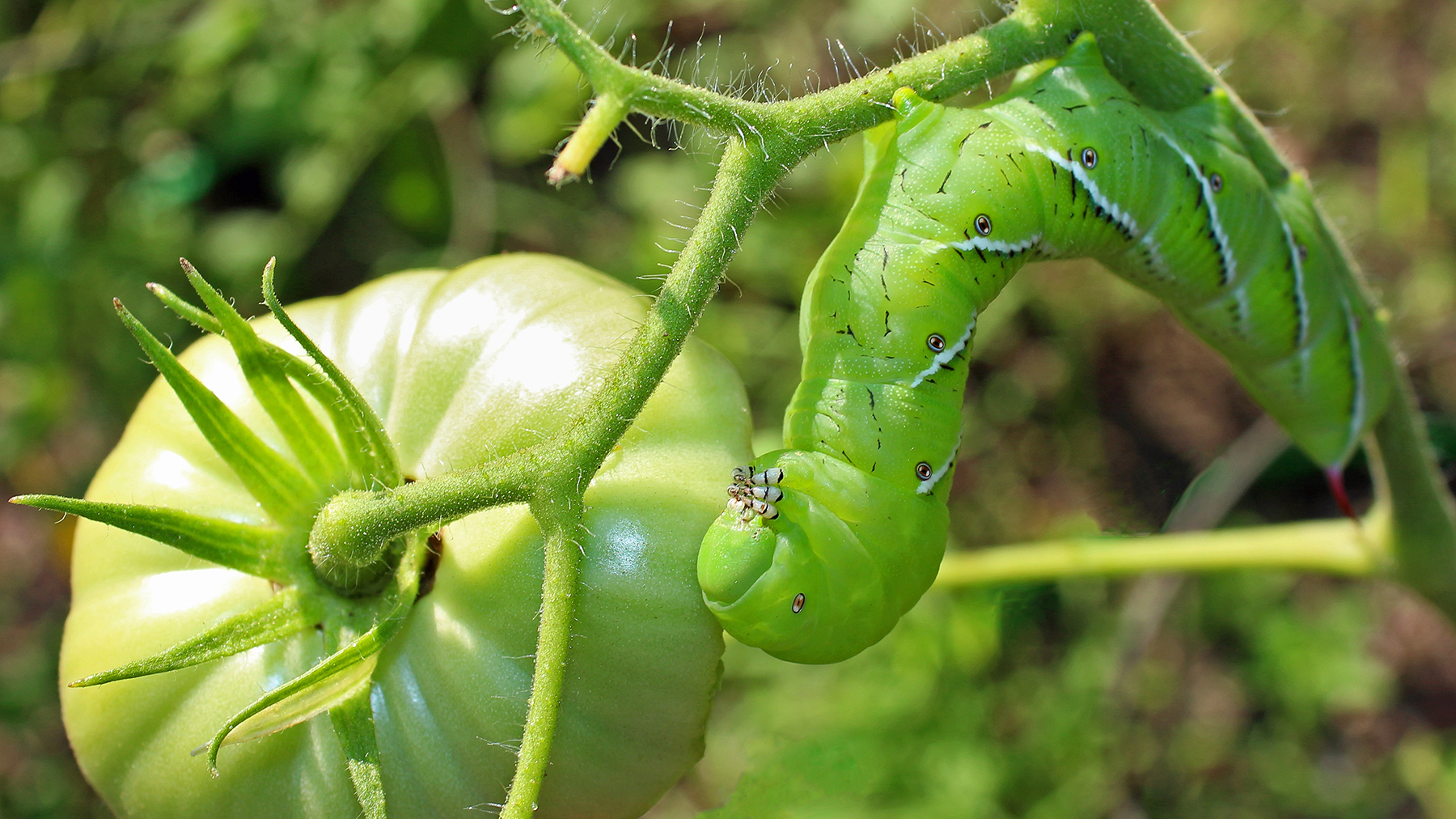
If you like to grow your own fruit and veg, pests will be a constant battle. Wilson says that common veggies, such as cucumbers and tomatoes, encourage whiteflies and tomato hornworms.
Whiteflies
“Whiteflies are fast breeding pests that gather on the underside of the leaves, sucking the sap and weakening the plants,” says Wilson, “If infestations are particularly bad and out of control, they can ultimately cause the plant to die.”
Tomato hornworms
Tomatoes are a popular crop to grow at home, but as Wilson explains, “Tomato hornworms are hungry little pests that, if given a chance, could completely decimate a tomato plant within a day.”
The pests chew on the leaves and the fruit of the tomato and other solanaceous plants, such as potatoes, peppers and eggplants.
Although not caused by pests, you might also be interested in how to get rid of tomato blossom on your crop — a disease caused by a lack of calcium in your soil.
How to beat the bugs
To deter pests from your vegetable garden, Wilson recommends rotating crops annually to prevent soil-borne pests and diseases from becoming well-established. “To protect plants against pests above ground, use covers made of a lightweight, permeable fabric to protect your vegetables from a wide range of pests while still allowing light, water, and air to reach the plants,” he advises.
There’s another way to get rid of whiteflies. Wilson suggests spraying your plants with a hose to scatter adults and dislodge the pupa and eggs. He explains that young white flies cannot crawl and will die without access to their food source. Then, to stop the adults from returning to your plants, he recommends treating them with neem oil as soon as you remove them.
3. Fruit trees
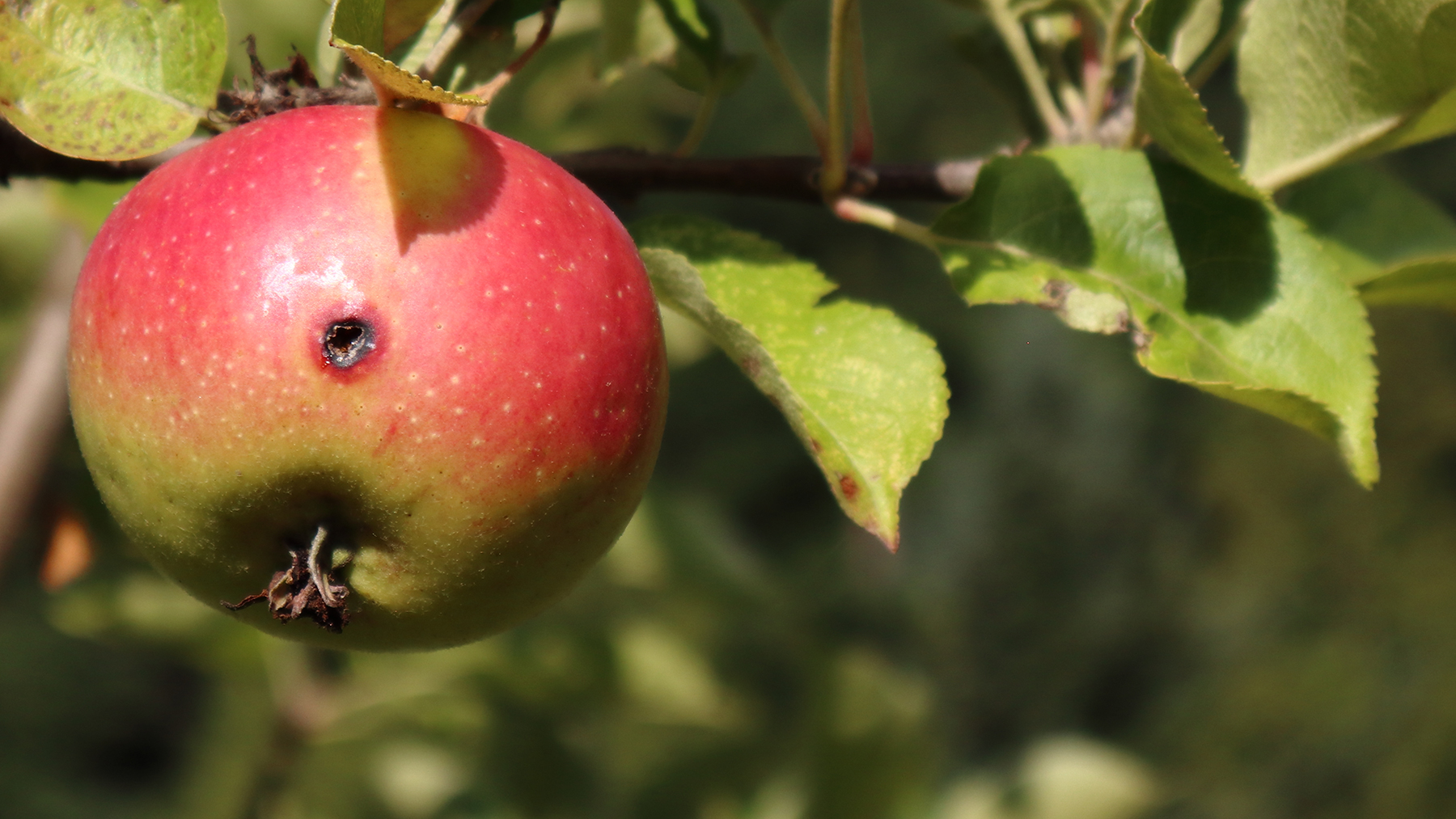
“Fruit trees, such as apple and cherry trees, are most common in home gardens and can be a joy to have and harvest from,” says Wilson. “However, the persistence of pests such as codling moths and fruit flies can greatly impact the joy you get from your trees.”
Codling moths
Codling moths are a pest problem because once they lay their eggs, they hatch into larvae. These larvae then burrow and feed on the inside of the fruit, leaving tunnels and excrement behind and making the fruit inedible. “One way to prevent these pests is to scrape away any loose bark in early spring to remove overwintering cocoons,” says Wilson.
Female fruit flies
“Female fruit flies seek out fruit to lay their eggs, and once they do so, the eggs hatch within a matter of days and immediately begin spoiling the fruit and causing it to rot,” explains Wilson. He also warns that fruit fly infestations can grow quickly, and therefore, you need to keep on top of protecting your plants to avoid a spoiled crop.
How to beat the bugs
Covering your fruit trees in mesh is one technique for protecting them from pests. Wilson recommends covering them in a light mesh bag, or you can create a bag by stapling newspaper pages together. Both of these techniques will prevent pests from reaching the fruit.
If you are looking to buy new fruit trees, Wilson suggests choosing disease-resistant varieties and rootstocks suited to your local climate and soil conditions. “Planting the right variety can significantly reduce vulnerability to pests,” he says, adding, “You should also regularly prune fruit trees to remove dead or diseased wood and to maintain an open canopy. This improves air circulation and sunlight penetration, reducing the habitat for pests and promoting healthier tree growth.”
4. Sunflowers
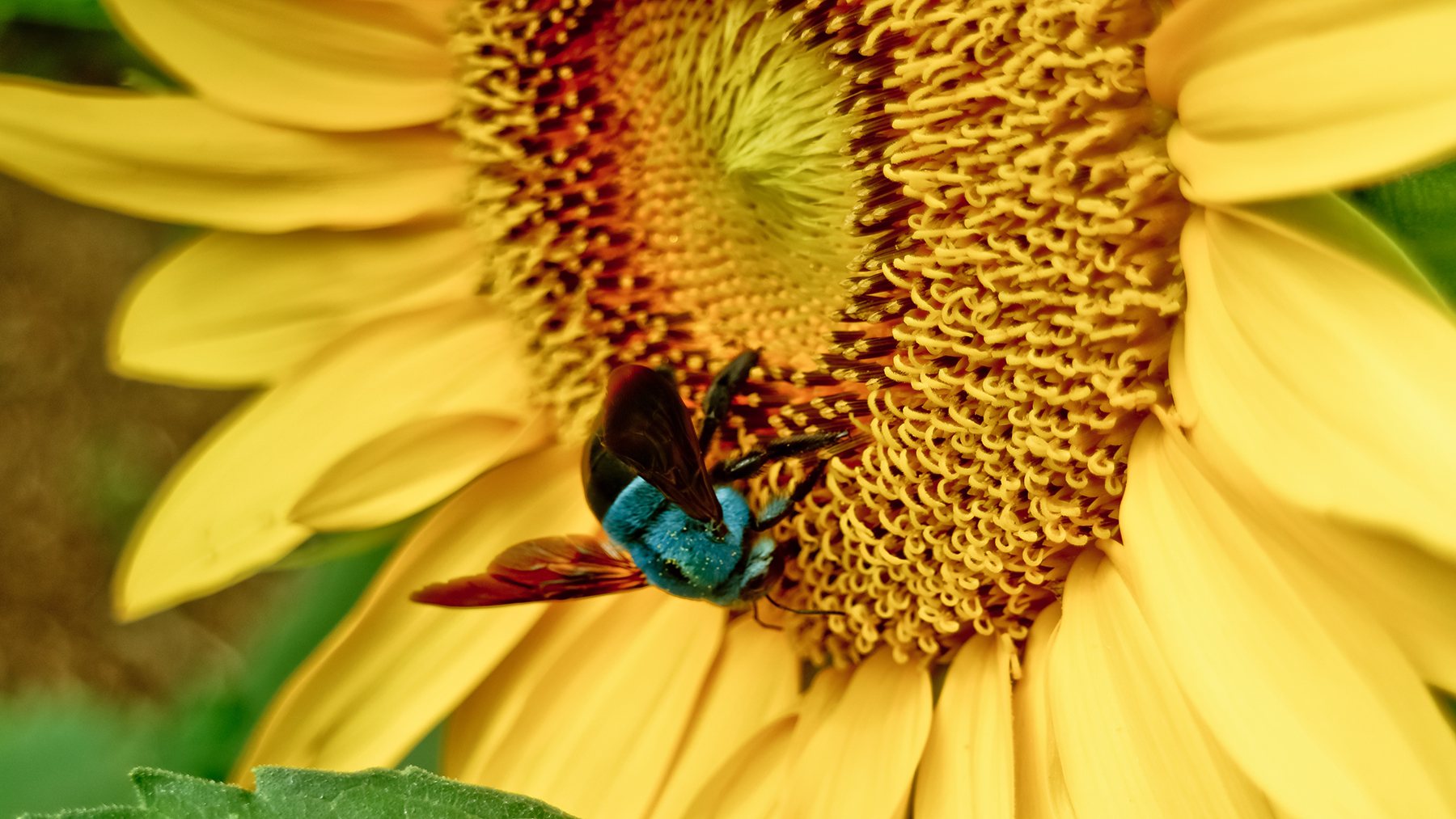
Planting sunflower seeds is fun, especially if you have a young family. But while they are beautiful, dramatic flowers, they attract several pests into your garden, even as young seedlings.
“Wireworms and sunflower beetles are the most common feeders of sunflowers,” explains Wilson. “Wireworms feed on the developing seedling, which will often die before it emerges, or if it does, it will wilt soon after. Sunflower beetles, however, will feed on the leaves of sunflowers.”
Sunflower beetles
Wilson suggests that sunflower beetles can be hand-picked off plants rather than using chemicals, while wireworms can be washed away. However, if you find that they keep returning, he suggests treating the plant with neem oil to keep them away.
Aphids
“Aphids are another common pest,” explains Wilson, “but planting a variety of flowering plants such as Alyssum around your sunflowers can attract natural predators such as ladybugs and wasps, which feed on them and other small pests.”
How to beat the bugs
Petunias, marigolds, chrysanthemums, and even catnip can help cut down on beetles and aphids, with Wilson adding that chrysanthemums are particularly helpful. “They are a natural source of one of the world’s safest and most effective types of pesticide — pyrethrins — so these are a great option!”
More from Tom's Guide

Camilla is the Homes Staff Writer and covers everything to do with homes and gardens. She has a wealth of editorial experience, mounting over 30 years, and covers news and features, tests products for reviews and compiles buying guides.
Her work has appeared in business and consumer titles, including Ideal Home, Real Homes, House Beautiful, Homebuilding & Renovation, and Kitchen & Bathroom Business. She’s even appeared on the cover of Your Home, writing about her own house renovation.
Although she’s obsessed with decorating her home, she also enjoys baking and trying out the latest kitchen appliances. But when she’s not inside, you’ll find her pottering about in her yard, tending to her vegetable patch or taking in her prized hydrangeas.
